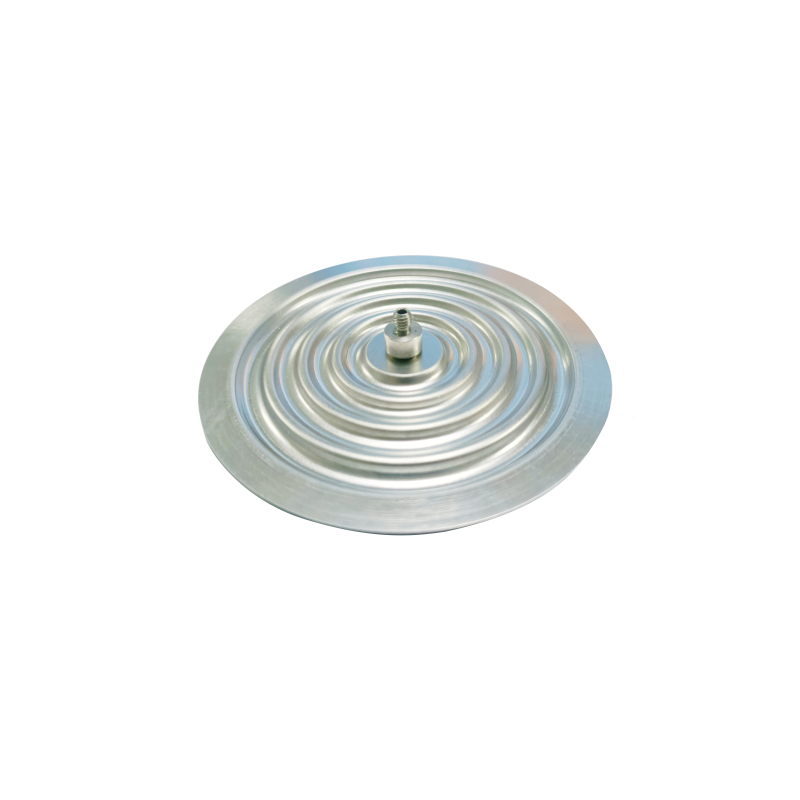
Dec . 14, 2024 20:55 Back to list
Optimal Bourdon Tube Differential Pressure Gauge for Enhanced Measurement Accuracy
The Best Differential Pressure Gauge Exploring the Bourdon Tube Design
When it comes to measuring differential pressure in various industrial applications, precision and reliability are paramount. The Bourdon tube differential pressure gauge stands out as one of the most effective instruments for this purpose. This article explores the intricacies of the Bourdon tube design, its advantages, and its applications in different fields.
Understanding Differential Pressure Measurement
Differential pressure gauges are instruments designed to measure the difference in pressure between two points in a system. These measurements are vital for monitoring processes, ensuring safety, and optimizing performance in systems such as HVAC, fluid dynamics, and various manufacturing processes. Accurate differential pressure readings can indicate issues like blockages, filter status, and fluid flow.
The Bourdon Tube Mechanism
The Bourdon tube, developed by the French engineer Eugène Bourdon in the mid-19th century, operates on a simple yet effective mechanical principle. It comprises a flattened, curved metal tube that straightens when internal pressure changes. The amount of straightening is proportional to the pressure applied, which translates into a movement of a pointer on a dial, providing a visual reading of the pressure difference.
Advantages of Bourdon Tube Pressure Gauges
1. Robust Construction Bourdon tube gauges are typically made from materials like stainless steel, brass, or bronze, making them extremely durable and suited for harsh environments.
2. Wide Range of Applications These gauges can measure low to high pressures with various scales, making them versatile for use in industries ranging from pharmaceuticals to oil and gas.
3. Ease of Calibration Calibration is relatively simple, which is essential for maintaining accuracy over time. Regular calibration ensures that measurements remain precise and reliable.
4. Cost-Effective Compared to electronic pressure sensors and gauges, Bourdon tube gauges are often less expensive while still providing accurate readings, making them a favorable choice for many businesses.
5. Simplicity of Design The mechanical nature of Bourdon tube gauges means that they have fewer components that can fail, leading to lower maintenance requirements and increased reliability.
best differential pressure gauge bourdon tube

Applications in Various Industries
The versatility of Bourdon tube differential pressure gauges allows them to be used in many industrial applications
- HVAC Systems Monitoring pressure differences across filters and coils helps in maintaining efficient airflow and temperature control.
- Oil and Gas In this industry, differential pressure gauges monitor flow rates and help detect blockages in pipelines.
- Water Treatment Measuring the pressure differential across filters is crucial for improving the efficiency of water purification processes.
- Manufacturing In production lines, maintaining the correct pressure differential can be crucial for ensuring product quality and safety.
Innovations and Modern Adaptations
While the basic design of the Bourdon tube has remained largely unchanged, modern technology has introduced enhancements that improve performance and usability. Some newer models feature digital displays alongside traditional analog readings, providing users with the best of both worlds.
Additionally, materials and coatings have advanced to withstand extreme conditions, including high corrosive environments. Thus, manufacturers are now able to produce Bourdon tube gauges suitable for even the most demanding applications.
Conclusion
In conclusion, the Bourdon tube differential pressure gauge serves as a testament to the enduring relevance of effective mechanical design in industrial measurement tools. Its robust construction, versatility, and cost-effectiveness make it a preferred choice across multiple sectors. As industries continue to evolve and adopt new technologies, the Bourdon tube gauge remains a reliable instrument, ensuring precision in measuring differential pressure while adapting to modern demands. Whether used in HVAC systems, oil and gas operations, or manufacturing processes, the Bourdon tube gauge continues to play a critical role in maintaining operational efficiency and safety.
-
High-Precision 5 Valve Manifold Differential Pressure Gauge Suppliers
NewsApr.29,2025
-
High-Precision Diaphragm Vacuum Pressure Gauges Manufacturers & Quotes
NewsApr.29,2025
-
Omega Differential Pressure Gauges High Accuracy & Durability
NewsApr.28,2025
-
Low Pressure Differential Pressure Gauges Precision Solutions & Quotes
NewsApr.28,2025
-
Digital Diaphragm Pressure Gaauge Precision Measurement & OEM Quotes
NewsApr.28,2025
-
Differential Pressure Gauge China Price High-Accuracy & Best Quotes
NewsApr.28,2025
